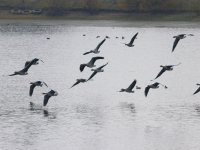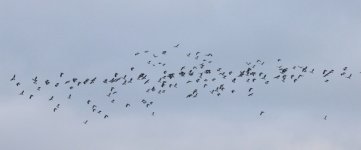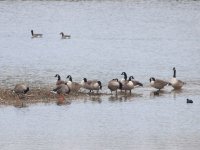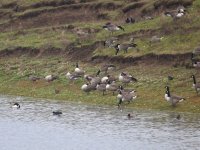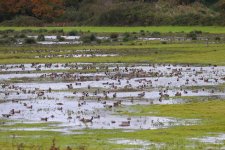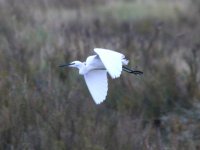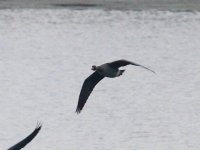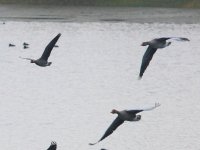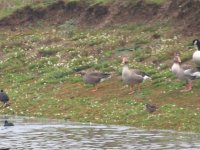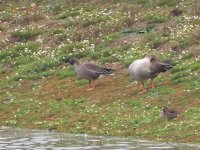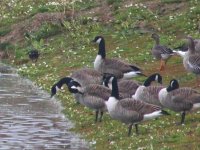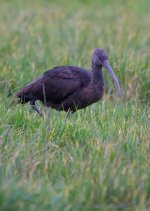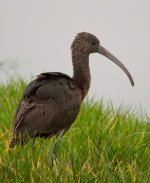Fozzybear
Ich bin ein Vogelbeobachter
So the Stour, Blackwater, Roach & Colne Estuarys are now among 27 new Marine Conservation Zones put in place around the UK.
http://www.wildlifetrusts.org/news/2013/11/20/first-wave-marine-protection-welcome
Does anyone know what this actually means? entails?
As I understood it these are no-take zones for fishing - the areas become marine nature reserves… though a quick search has not yielded any information to confirm exactly 'what' a MCZ is or whether such protection is automatic following the designation. 'Hopefully' it is good news for the local waterways and coast but not knowing the details I won't be popping the champagne corks just yet.
I believe Skomer Island in Wales is one, the waters around the island are protected and there is no fishing permitted, possibly boat disturbance is controlled too if I remember correctly. I remember seeing a programme suggesting that these areas allowed fish and marine life to flourish and spread out into the surrounding seas, enriching areas that were outside the protected area. In an estuary it's probable that the impact will be felt upstream too, though there would need to be research into that.





